
Hi Everybody! Come In and Get Comfortable! Tonight we are celebrating the completed Mission of the X37B Space Plane last week. I have found and reshared some good information and videos on this Historic Plane. (Please see links for complete articles)
In addition, found some Great Photos of this Space Plane for your photostudy.
Enjoy!

Air Force Video Reveals Secret X-37B Space Plane's Robotic Landing
by Mike Wall, SPACE.com Senior Writer
Date: 16 June 2012 Time: 08:00 PM ET
The X-37B, also known as Orbital Test Vehicle-2 (OTV-2), launched on March 5, 2011, from Florida's Cape Canaveral Air Force Station. Its flight was the second-ever mission for the X-37B program; the first was flown by OTV-2's sister ship, OTV-1.
The first part of the 80-second video was apparently shot in infrared light. It shows the X-37B space planecruising in for an automated landing, its belly and nose glowing a bright orange-yellow, presumably from the heat generated during re-entry to Earth's atmosphere. The video switches over to visible wavelengths about 35 seconds in, after the space plane has touched down, and shuts off shortly after the X-37B rolls to a stop on the runway.
Just Push Play
Video: Secret Space Plane Shatters Orbital Record as Chinese Rival Looms
- June 16, 2012 |
- 6:47 pm |
- Categories: Air Force

The second copy of the Air Force’s X-37B robotic space plane landed at Vandenberg Air Force Base in California early Saturday morning, ending a record-breaking 469-day orbital mission that began atop an Atlas rocket launched from Cape Canaveral, Florida, on March 5, 2011. The safe landing of Orbital Test Vehicle 2 after more than 15 months in space is an indisputable triumph for the U.S. military and space industry. Much less certain is the X-37′s future. Budget cuts, labor woes and the looming specter of a Chinese rival could blunt the diminutive robo-shuttle’s orbital edge.
The Boeing-built X-37B, in development since the 1990s, was designed to operate nine months at a time between refueling and refurbishment. But with just two copies of the roughly billion-dollar space plane in the inventory, the Air Force wanted to get as much mileage as possible out of each. After OTV-1′s proof-of-concept flight from April to December 2010, OTV-2′s mission became an endurance test. “One of the goals of this mission was to see how much farther we could push the on-orbit duration,” said Lt. Col. Tom McIntyre, the Air Force’s X-37B program manager.
The key to the X-37′s marathon flight: fuel and energy management. “It sips fuel like a Prius,” one space insider said of the mini-shuttle. Even so, Air Force controllers on the ground had to pay close attention to the X-37′s orbital profile and its use of engines, batteries and extendable solar panels.
Officially, the 29-foot-long X-37 is a research vehicle, meant to carry small experiments in its payload bay, which is roughly the size of a pickup truck bed. But the winged vehicle’s maneuverability and flexibility mean it’s capable of much more: spy missions, cargo deliveries to the International Space Station, even sneaking up on and tampering with enemy satellites. Some observers speculated that OTV-2 was monitoring China’s Tiangong space station, a notion that Secure World Foundation analyst Brian Weeden dismissed. “If the U.S. really wanted to observe Tiangong, it has enough assets to do that without using X-37B.”
In any case, the X-37 partially fills a gap left by the retirement last summer of the much larger NASA Space Shuttle. “The X-37B OTV program brings a singular capability to space technology development,” McIntyre said. Boeing has proposed to build a bigger X-37C version that could carry more experiments, more cargo — and even astronauts.
But it’s not clear that the existing X-37s will survive much longer in the cash-strapped Air Force, which is struggling to pay for new bombers, new aerial tankers and the trillion-dollar F-35B Joint Strike Fighter program. In September, Air Force Space Command boss Gen. William Shelton questioned the space plane’s worth. “It’s very flexible, in that you’ve got a payload bay in which you can launch, then it comes down, then you can launch it back — but whether or not it’s cost effective is the question.”
Complicating the Air Force’s budgetary calculations, Boeing is in the process of shutting down the cutting-edge facility in Huntington Beach, California, where the X-37s were hand-assembled. In recent years Building 31, as the facility is known, has been a labor battleground between Boeing management and its rank-and-file engineers. The company plans to shutter the facility next year. Possible future X-37s could be built elsewhere, but the loss of Building 31′s skilled workforce could drive up the cost.
Meanwhile, the U.S. mini-shuttle could soon have competition. China is developing its own space planecalled Shenlong — and apparently test-flew it for the first time in January last year. “Beijing may be entering the spaceplane era faster than many would have predicted,” warns Andrew Erickson, a Naval War College analyst.
Currently the Air Force plans to launch OTV-1 on its second mission this fall, with OTV-2 possibly to follow on its own sophomore launch sometime next year. If the Air Force continues improving the X-37′s performance, these coming missions could be even more amazing than the just-completed record-breaker. But that’s assuming the money keeps flowing.
Just Push Play
Just Push Play
Just Push Play
Just Push Play
Just Push Play
Uploaded by airboyd on Dec 3, 2010
Courtesy: United States Air Force, by Senior Airman Steve Bauer, 30th Space Wing Public Affairs
12/2/2010 - VANDENBERG AIR FORCE BASE, Calif. -- After more than a year of extensive preparation, Vandenberg is ready to host the landing of the Air Force's X-37B Orbital Test Vehicle scheduled to occur here between Friday, Dec. 3, and Monday, Dec. 6.
The X-37B is the latest and most advanced re-entry space vehicle capable of being launched into low Earth orbit altitudes and is able to endure extended periods of time performing space technology experimentation and testing.
"This is a historical first, not only for Vandenberg Air Force Base, but for the Air Force and our nation to receive a recoverable spacecraft here and really take a step forward in advancing unmanned space flight," said Col. Richard Boltz, 30th Space Wing commander.
On April 22, a United Launch Alliance-built Atlas V Evolved Expendable Launch Vehicle carrying the X-37B was launched from Cape Canaveral Air Force Station, Fla. Prior to the X-37B's East Coast departure, the Air Force Rapid Capabilities Office, which is leading the Department of Defense's Orbital Test Vehicle initiative, needed the assurance before launching the vehicle that Vandenberg was prepared for the landing of the spacecraft. Following a request, preparation for landing became a high priority at Vandenberg, which required a cumulative effort of base personnel in order for approval of the X-37B landing here.
In one instance, a team of about 80 people from the 30th Civil Engineer Squadron, 30th Launch Group, 581st Missile Maintenance Squadron, 30th Operations Support Squadron's airfield operations flight and Vandenberg's Training Device Design and Engineering Center assembled to replaced 658 plates along the flightline's centerline to increase the levelness of the airstrip and to prevent a puncturing hazard to the X-37B's landing wheels.
In another example, Vandenberg's mission flight control officers have been preparing for the landing of the spacecraft by practicing various scenarios that could occur during a landing attempt and the procedures to complete the task of monitoring the vehicle from its de-orbit stage to its landing on flightline.
"I am as prepared as I am for every mission; we have seen every case and have talked about cases that we haven't seen," said 1st Lt. Pierre Gregoire, 2nd Range Operations Squadron mission flight control officer. "We are looking at every possible situation that can occur to the vehicle and what we're going to do in that situation."
Receiving a vehicle as opposed to launching one from Vandenberg has challenged the MFCOs to slightly modify their approach to their normal mission preparation.
"The procedures and terminology have changed a little bit, but as you can imagine, the one thing that hasn't changed is the focus on public safety," Lieutenant Gregoire said. "How we train for the mission really hasn't changed except for the fact that we have a little bit less of an archived history to go off of and it adds a little more excitement to be doing something for the first time."
The excitement has been mounting at Vandenberg as the historical landing of the Air Force spacecraft approaches.
"With it being such a unique mission for the base, it is exciting to be a part of this historic landing," said Capt. Dariusz Wudarzewski, 2nd ROPS range operations commander. "For how long we have been working on it, I think everyone is really excited to see it culminate."
12/2/2010 - VANDENBERG AIR FORCE BASE, Calif. -- After more than a year of extensive preparation, Vandenberg is ready to host the landing of the Air Force's X-37B Orbital Test Vehicle scheduled to occur here between Friday, Dec. 3, and Monday, Dec. 6.
The X-37B is the latest and most advanced re-entry space vehicle capable of being launched into low Earth orbit altitudes and is able to endure extended periods of time performing space technology experimentation and testing.
"This is a historical first, not only for Vandenberg Air Force Base, but for the Air Force and our nation to receive a recoverable spacecraft here and really take a step forward in advancing unmanned space flight," said Col. Richard Boltz, 30th Space Wing commander.
On April 22, a United Launch Alliance-built Atlas V Evolved Expendable Launch Vehicle carrying the X-37B was launched from Cape Canaveral Air Force Station, Fla. Prior to the X-37B's East Coast departure, the Air Force Rapid Capabilities Office, which is leading the Department of Defense's Orbital Test Vehicle initiative, needed the assurance before launching the vehicle that Vandenberg was prepared for the landing of the spacecraft. Following a request, preparation for landing became a high priority at Vandenberg, which required a cumulative effort of base personnel in order for approval of the X-37B landing here.
In one instance, a team of about 80 people from the 30th Civil Engineer Squadron, 30th Launch Group, 581st Missile Maintenance Squadron, 30th Operations Support Squadron's airfield operations flight and Vandenberg's Training Device Design and Engineering Center assembled to replaced 658 plates along the flightline's centerline to increase the levelness of the airstrip and to prevent a puncturing hazard to the X-37B's landing wheels.
In another example, Vandenberg's mission flight control officers have been preparing for the landing of the spacecraft by practicing various scenarios that could occur during a landing attempt and the procedures to complete the task of monitoring the vehicle from its de-orbit stage to its landing on flightline.
"I am as prepared as I am for every mission; we have seen every case and have talked about cases that we haven't seen," said 1st Lt. Pierre Gregoire, 2nd Range Operations Squadron mission flight control officer. "We are looking at every possible situation that can occur to the vehicle and what we're going to do in that situation."
Receiving a vehicle as opposed to launching one from Vandenberg has challenged the MFCOs to slightly modify their approach to their normal mission preparation.
"The procedures and terminology have changed a little bit, but as you can imagine, the one thing that hasn't changed is the focus on public safety," Lieutenant Gregoire said. "How we train for the mission really hasn't changed except for the fact that we have a little bit less of an archived history to go off of and it adds a little more excitement to be doing something for the first time."
The excitement has been mounting at Vandenberg as the historical landing of the Air Force spacecraft approaches.
"With it being such a unique mission for the base, it is exciting to be a part of this historic landing," said Capt. Dariusz Wudarzewski, 2nd ROPS range operations commander. "For how long we have been working on it, I think everyone is really excited to see it culminate."
Secret Space Craft | ||||||||||
22 April – 3 December 2010 ..
U.S. military launch space plane on maiden voyage... but its mission is top secret By Mail Foreign Service 23rd April 2010 A top secret space plane developed by the US military has blasted off from Cape Canaveral on its maiden voyage. Billed as a small shuttle, the unmanned X-37B heralds the next generation of space exploration. It will be the first craft to carry out an autonomous re-entry in the history of the US programme. But its mission - and its cost - remain shrouded in secrecy. The Air Force said the launch was a success but would give no further details. However, experts have said the spacecraft was intended to speed up development of combat-support systems and weapons systems. There have already been accusations that the programme could lead to the 'weaponisation' of space. Speaking after the launch, Air Force deputy under-secretary for space systems Gary Payton, admitted it was impossible to hide a space launch but was cagey about the what exactly the X-37B would do. 'On this flight the main thing we want to emphasise is the vehicle itself, not really, what's going on in the on-orbit phase because the vehicle itself is the piece of news here,' he said. He refuted claims that the craft was a step towards military dominance in space. 'I don't know how this could be called weaponisation of space,' he said. 'It's just an updated version of the Space Shuttle type of activities in space. We, the Air Force, have a suite of military missions in space and this new vehicle could potentially help us do those missions better.' The X-37B Orbital Test Vehicle took a decade to develop and will spend up to nine months in orbit. It will re-enter Earth on autopilot and land, just like an ordinary plane, at the Vandenberg Air Force Base, California. The decision on when it returns to Earth is dependant on the Air Force are satisfied with the tasks it has been set to carry out in space. 'In all honesty, we don't know when it's coming back for sure,' Mr Payton said. 'It depends on the progress we make with the on-orbit experiments and the on-orbit demonstrations.' When it is time for the plane to come back down, commanders will send out a message which will make it re-enter orbit. It will then navigate its way back to the air force base. While in orbit the spacecraft will conduct a number of classified experiments the results of which will be brought back to Earth for analysis. The military has not revealed what those experiments will entail. Mr Payton said the Air Force's main interest is to test the craft's automated flight control system and learn about the cost of turning it around for launch again. The X-37B is 9m long (29ft) and has a wingspan of 4.5m (15ft), making it a quarter of the size of a normal Shuttle. It is powered by a solar cells and lithium-ion batteries, unlike a traditional craft which is powered by a fuel cell system. It has a large engine at the rear for orbit changing. The space plane is also reusable. Built by Boeing's Phantom Works division, the X-37 program was originally headed by Nasa. It was later handed over to the Pentagon's research and development arm and then to a secretive Air Force unit. Hundreds of millions of dollars have been spent on the project, but the true total has not been revealed. The Air Force has given a very general description of the mission objectives: testing of guidance, navigation, control, thermal protection and autonomous operation in orbit, re-entry and landing. While the massive Space Shuttles have been likened to cargo-hauling trucks, the X-37B is more like a sports car, with the equivalent trunk capacity. Dr Joan Johnson-Freese, chair of national security and decision making at the US Naval War College in Newport, Rhode Island, told the BBC the launch was something of an experiment for the military. 'It might be at this point in time that (the US Air Force is) going to roll the dice and see if something good happens,' she said. 'If it does, they'll continue with it. Otherwise, this will be another one of those projects that goes into a bin somewhere.' She claimed the US military had wanted a craft with the ability to loiter in space for some time. 'If it lives up to its speculated hype, it could be a manoeuvrable satellite,' she said. 'You could move it to, for example, hover over the straits of Taiwan and it could evade attempts to shoot it down. It could do a lot of things that up until this point have been mostly fiction.' A second experimental plane is already on order and is due to launch in 2011.
Related Links:
| ||||||||||
..
..
..
..
..
..
..
| ||||||||||
rocket launches a USAF X-37B Orbital Test Vehicle. ..
..
..
| ||||||||||
..
..
..
| ||||||||||
..
..
| ||||||||||
| FAIR USE NOTICE: This page contains copyrighted material the use of which has not been specifically authorized by the copyright owner. Pegasus Research Consortium distributes this material without profit to those who have expressed a prior interest in receiving the included information for research and educational purposes. We believe this constitutes a fair use of any such copyrighted material as provided for in 17 U.S.C § 107. If you wish to use copyrighted material from this site for purposes of your own that go beyond fair use, you must obtain permission from the copyright owner. |
Of course, one more great performance! Push Play
...this is brendasue signing off from Rainbow Creek
See You Next Time! Love Ya!

This infrared view of the U.S.'s Air Force secret X-37B space plane was taken shortly after it landed at Vandenberg Air Force base on June 16, 2012.
CREDIT: 30 Space Wing USAF
http://www.space.com/16173-secret-x37b-space-plane-landing-video.html

The Boeing-built X-37B autonomously landed at Vandenberg Air Force Base in California on June 16, 2012 after a successful 469-day mission.
CREDIT: Boeing
O+O

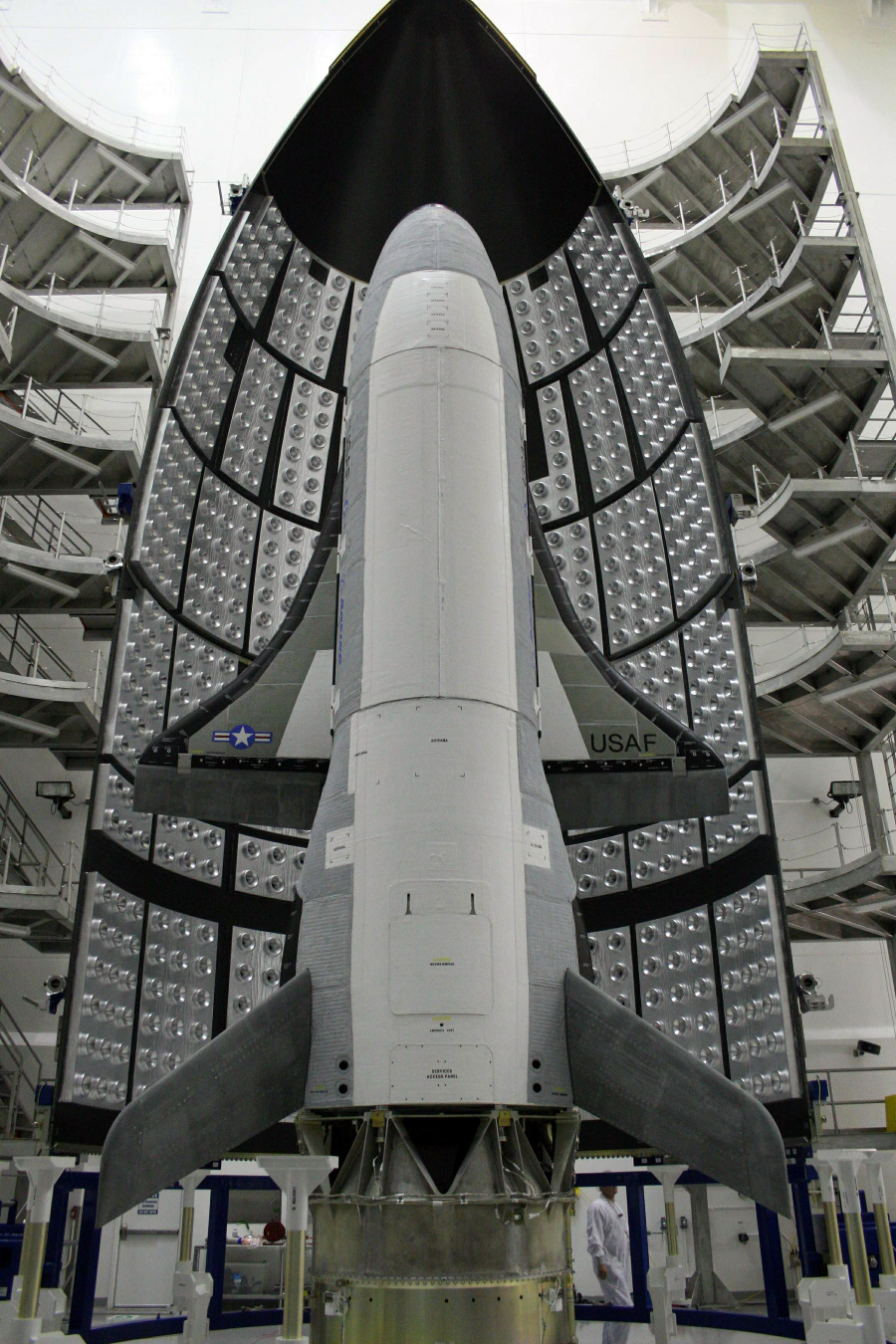
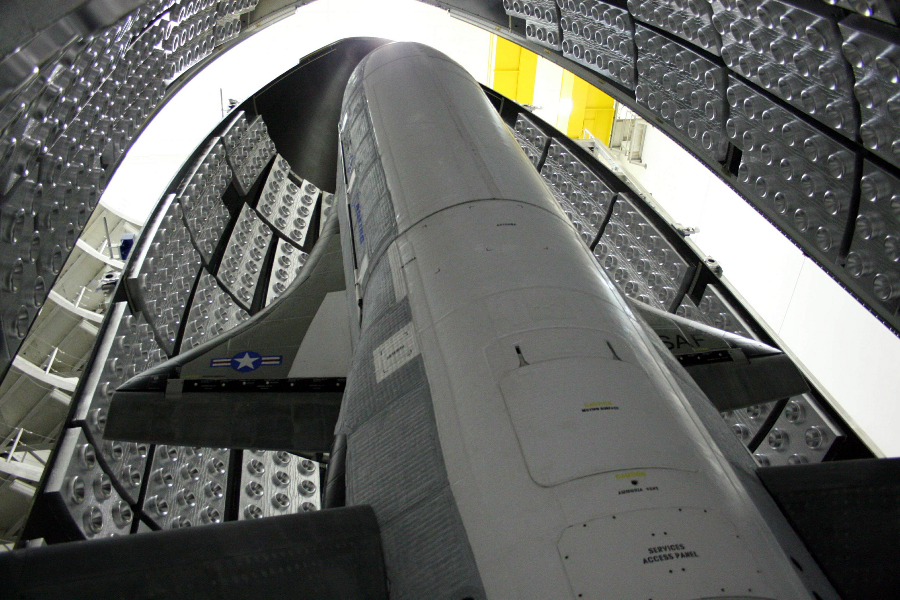
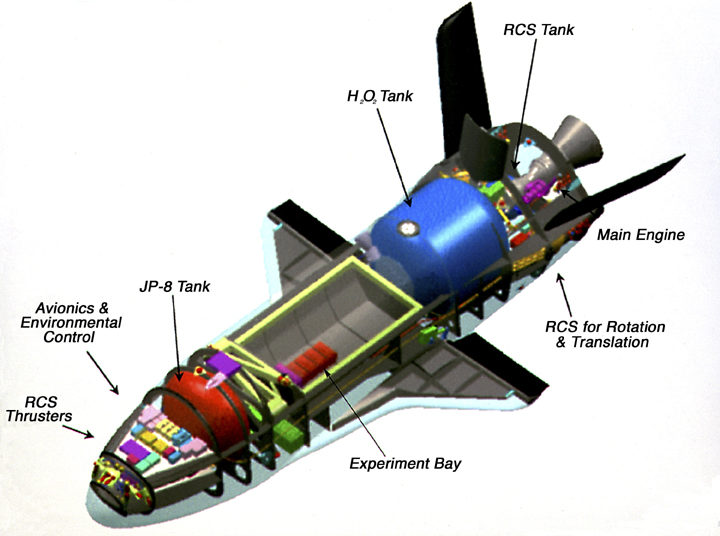
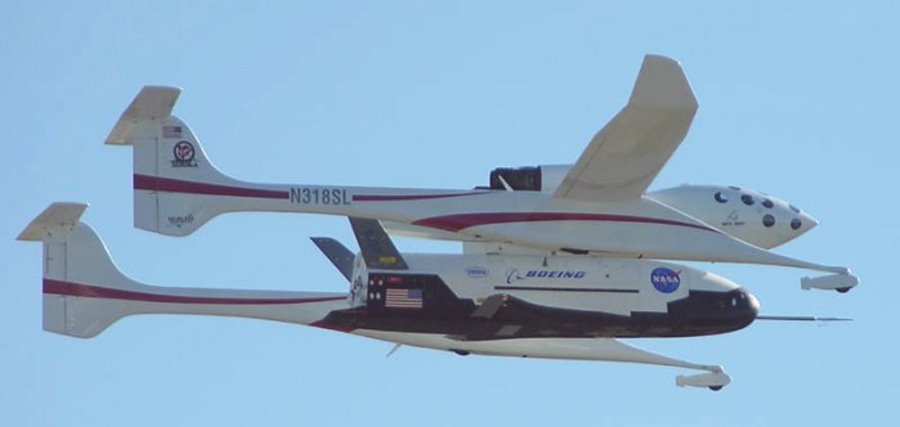
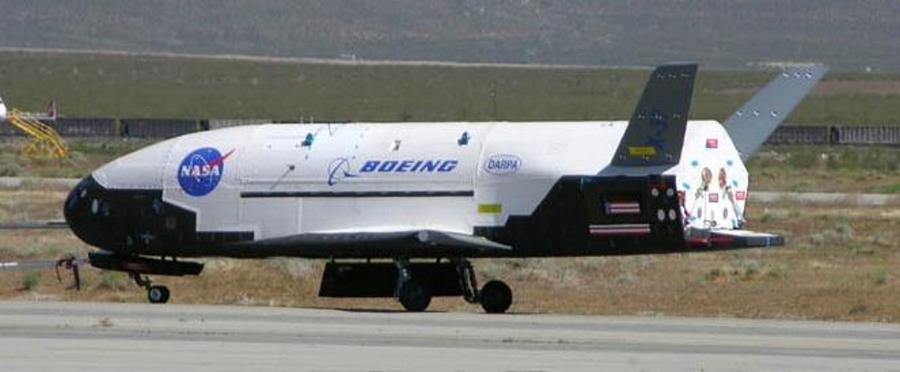
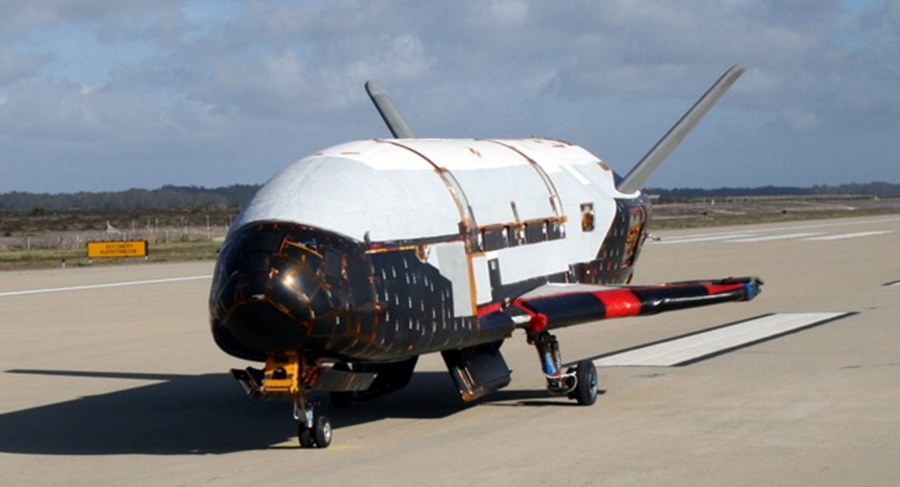
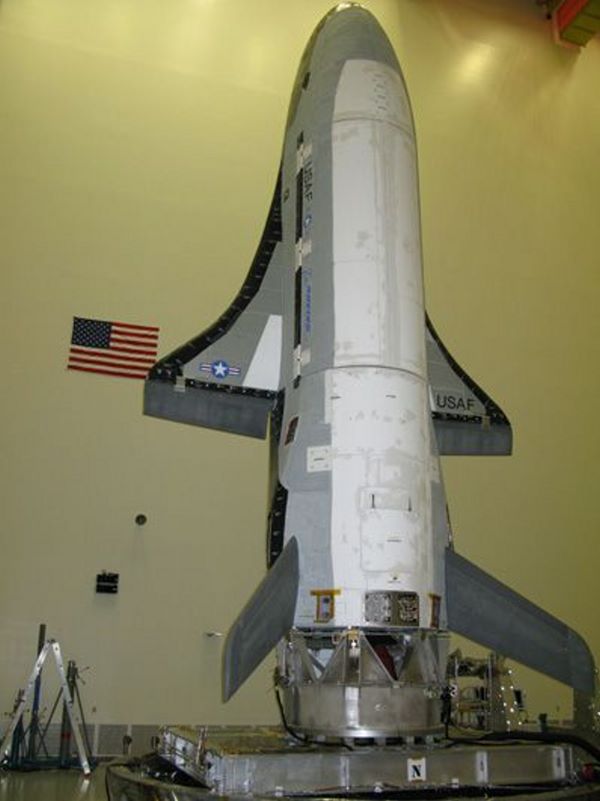
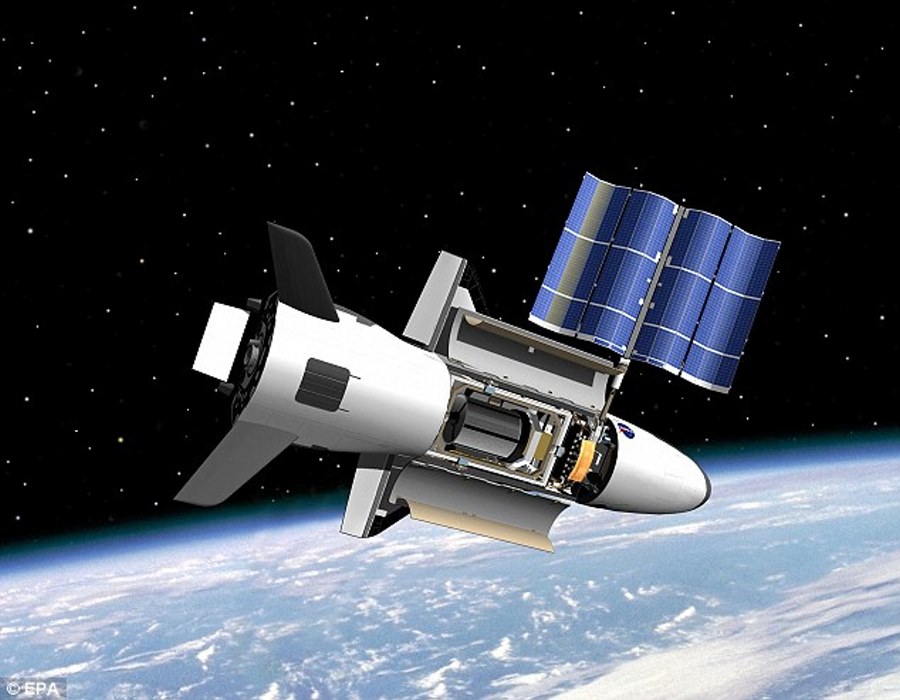
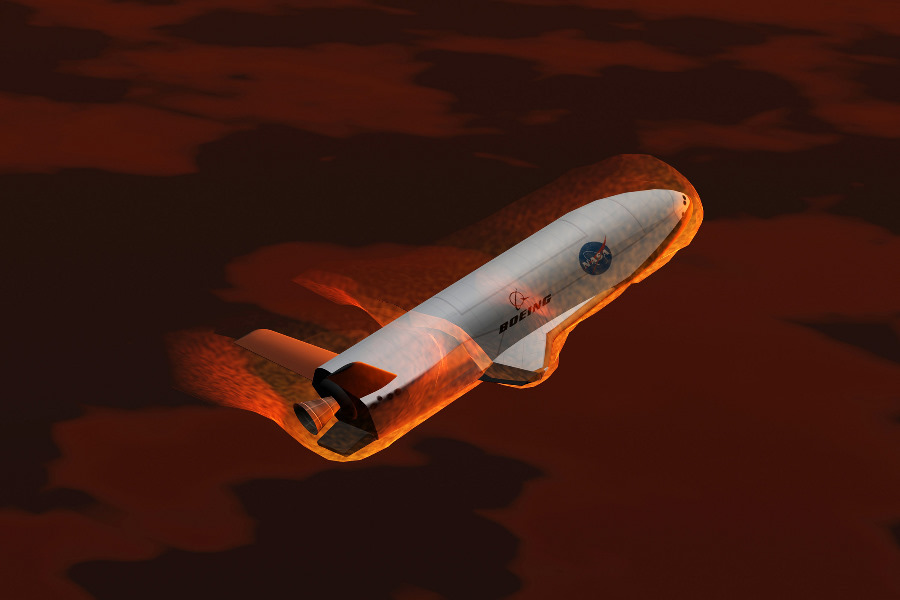
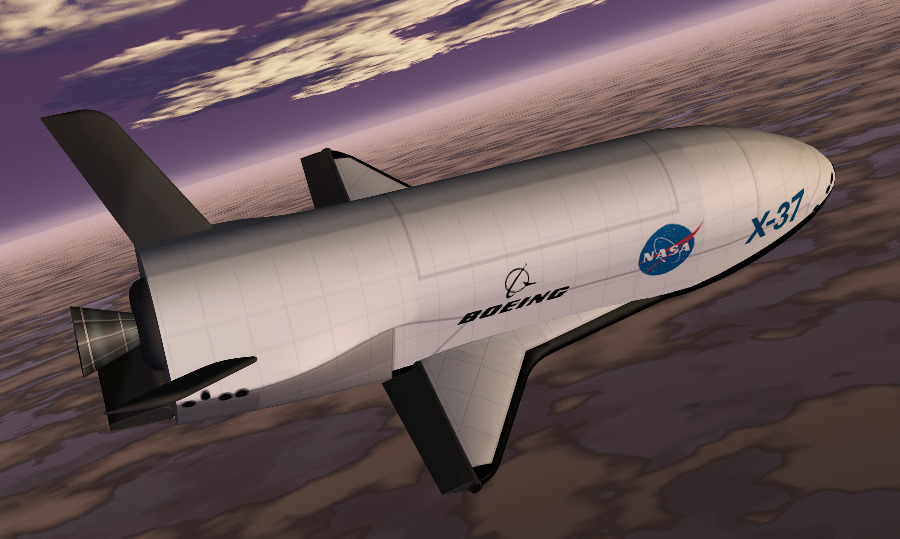
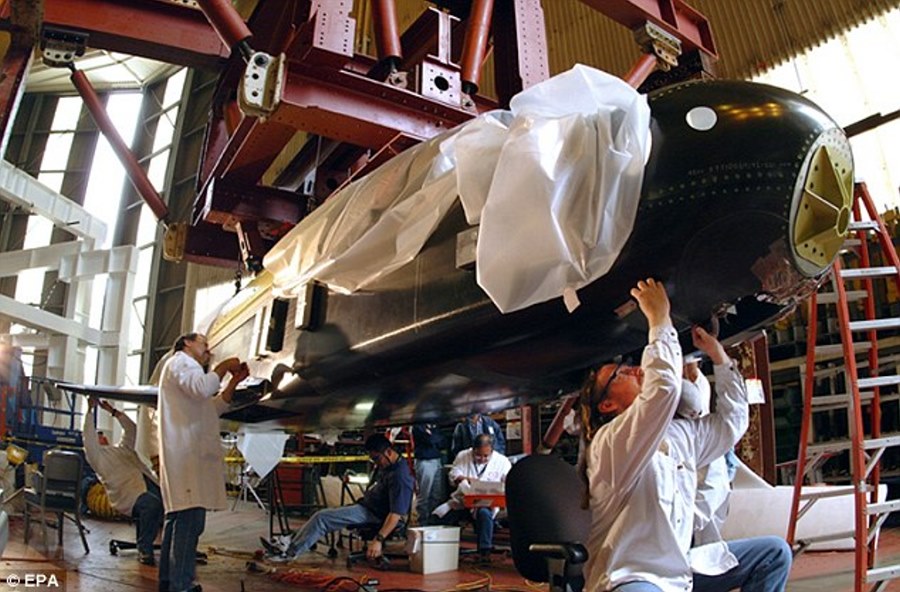
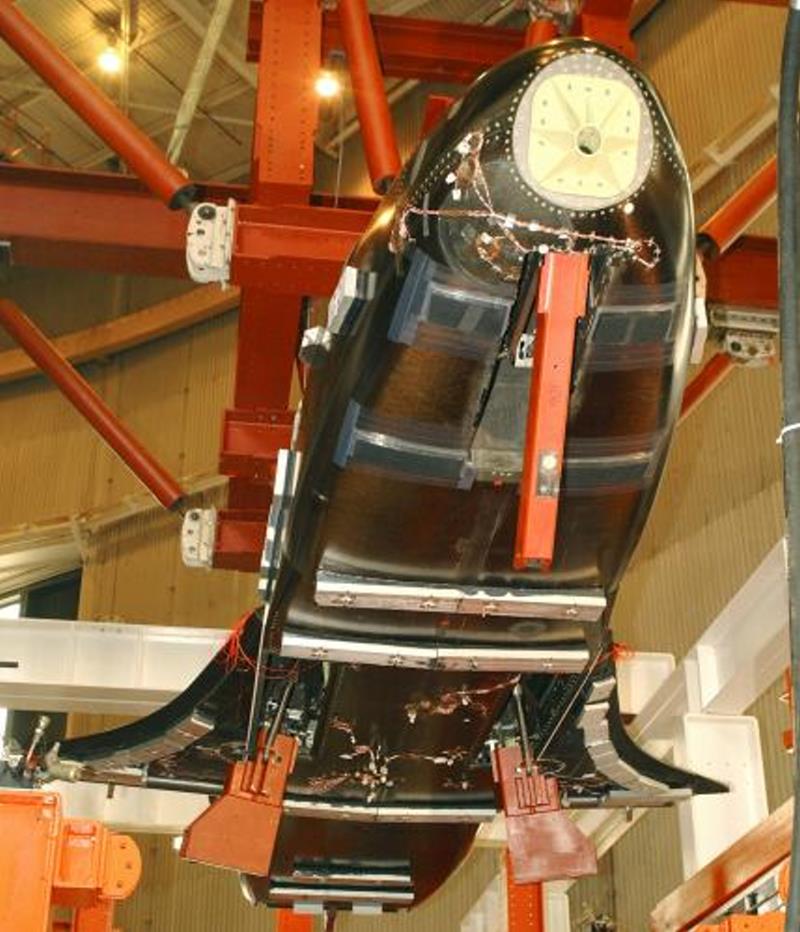
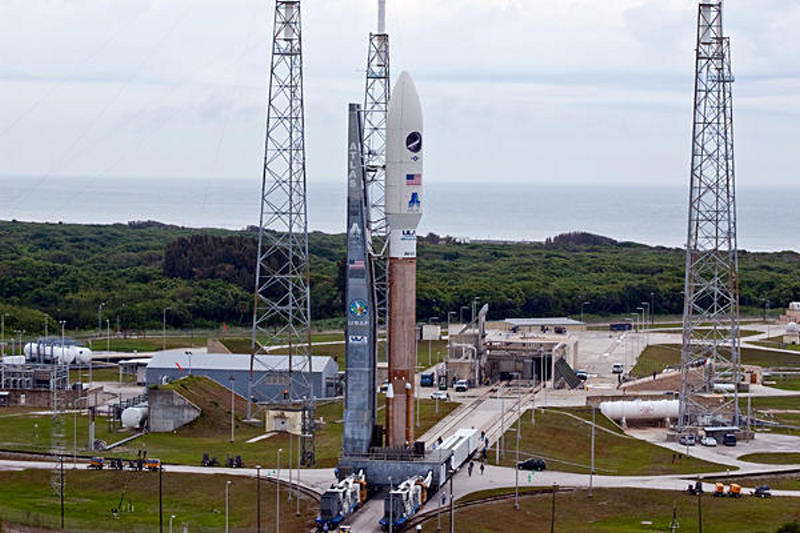
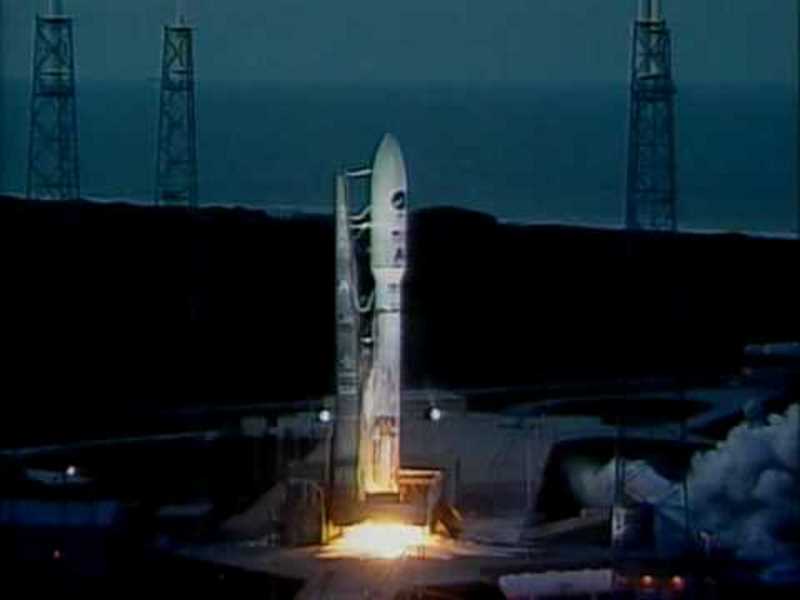
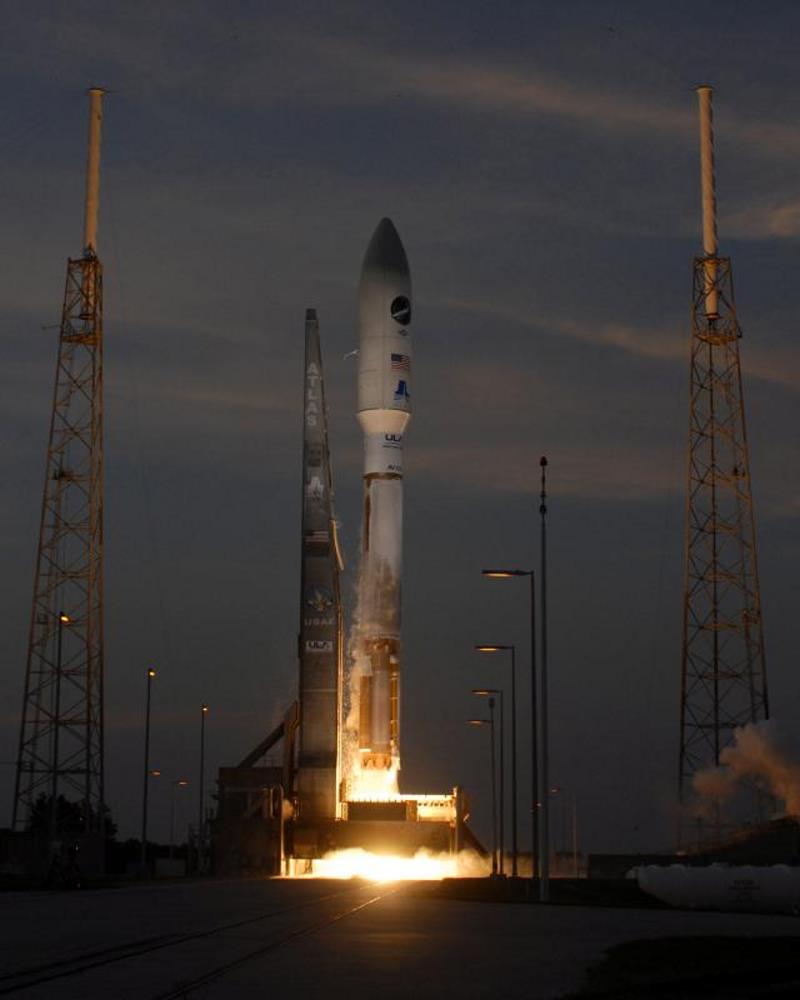
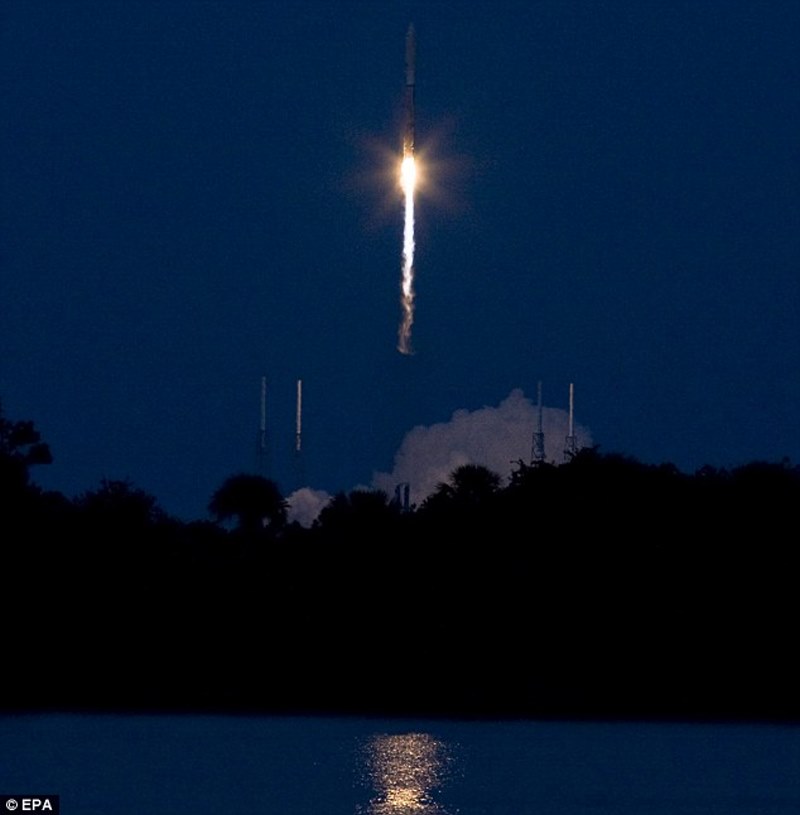
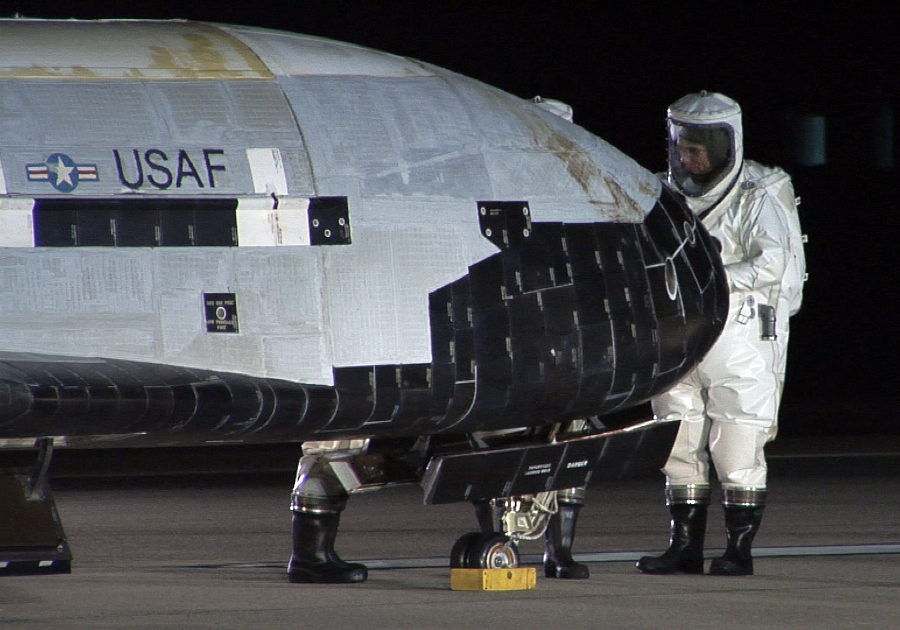
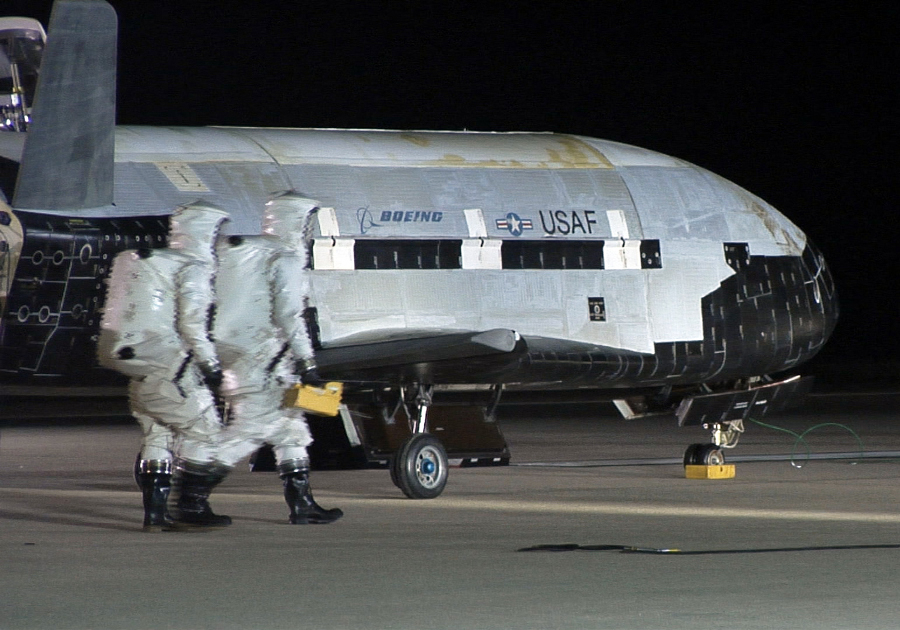
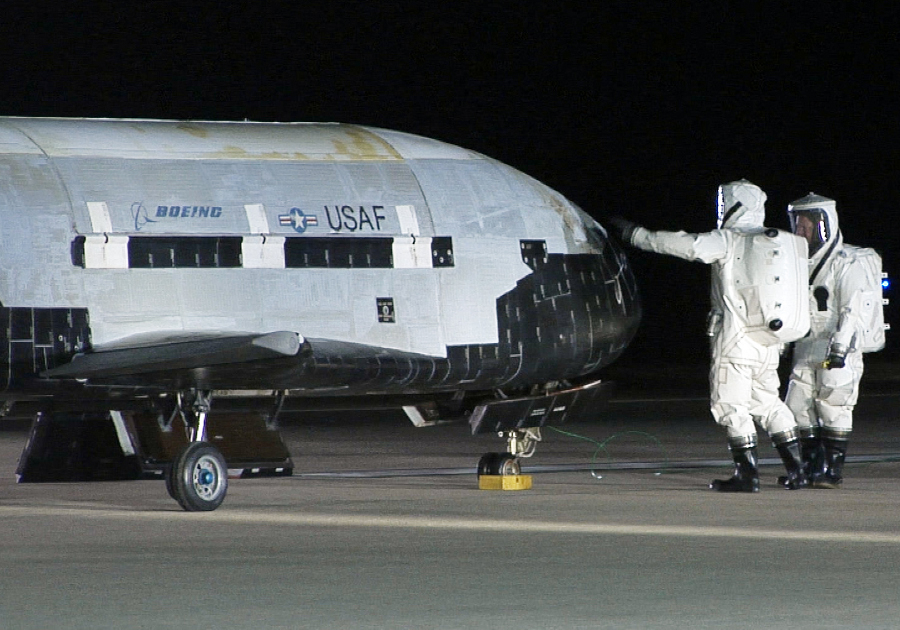
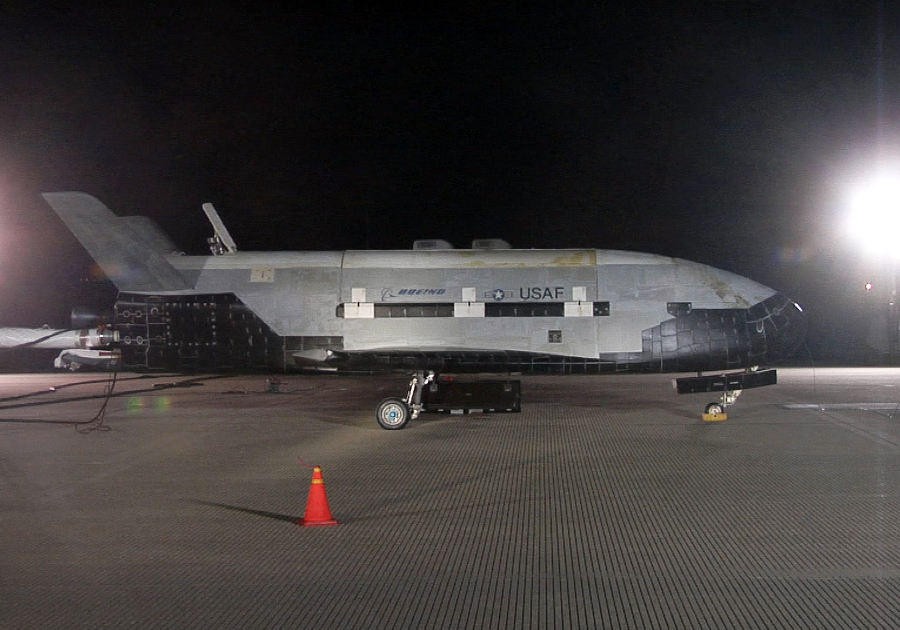
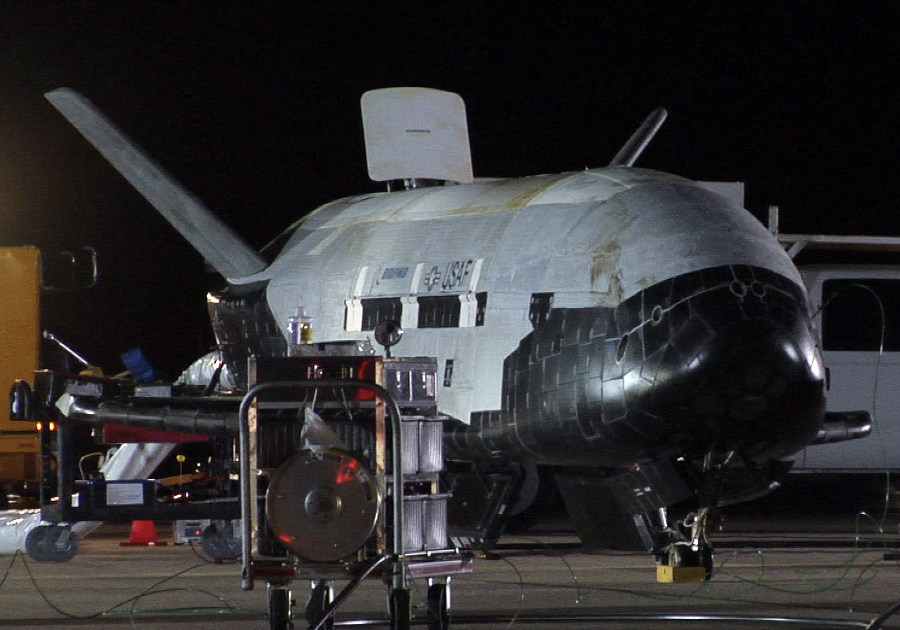
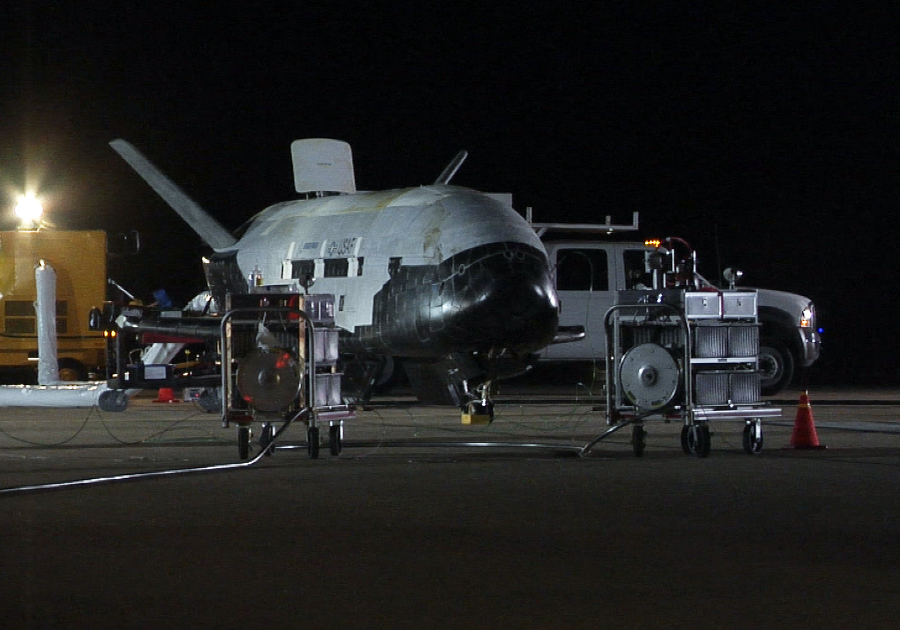
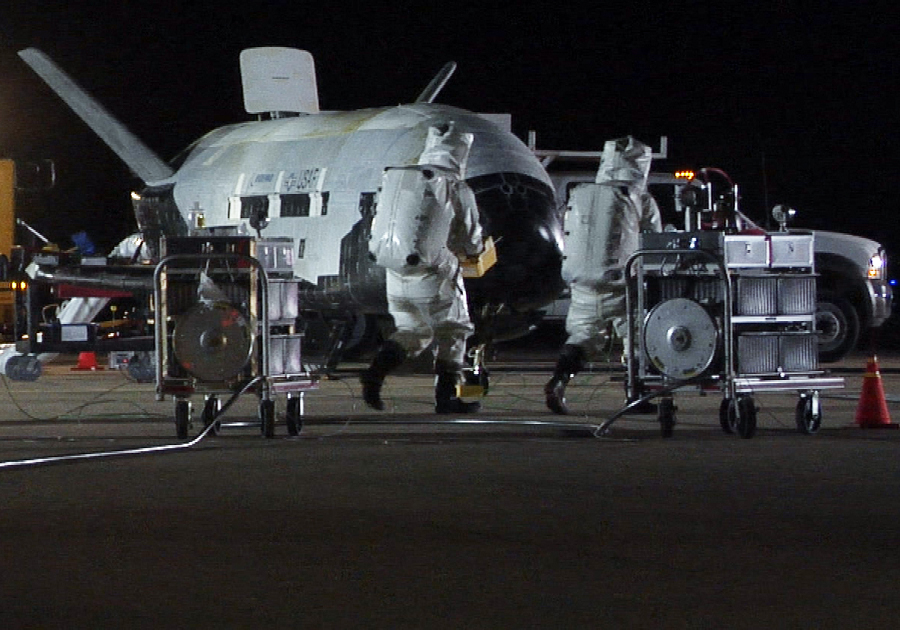
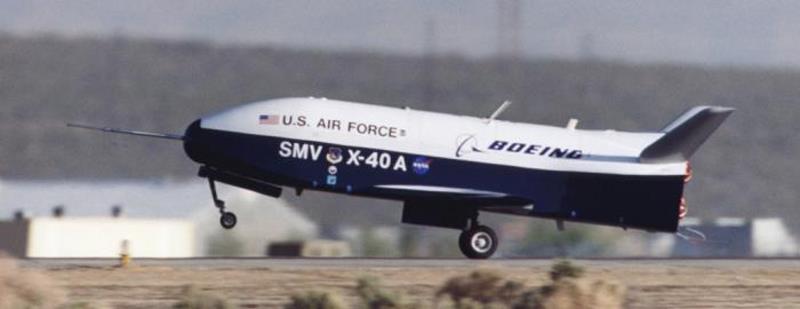
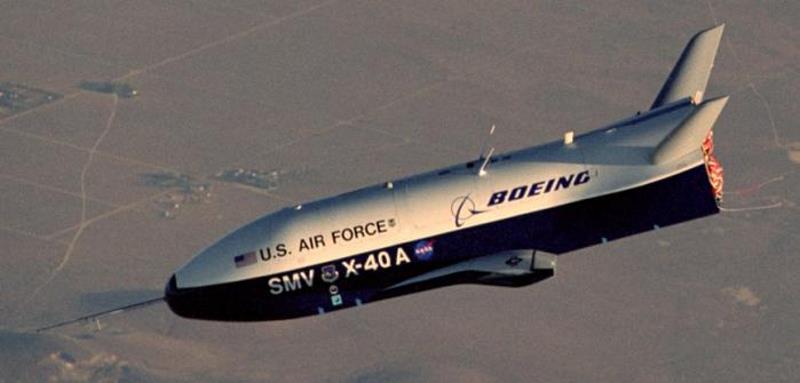
No comments:
Post a Comment
Hi Everybody! Please say hello and follow so I know you are here! Due to the inconsideration of people trying to put commercials on my blog comment area, I have restricted use of anonymous posts. Sorry that some hurt all.
My public email is katescabin@gmail.com No spammers or trolls